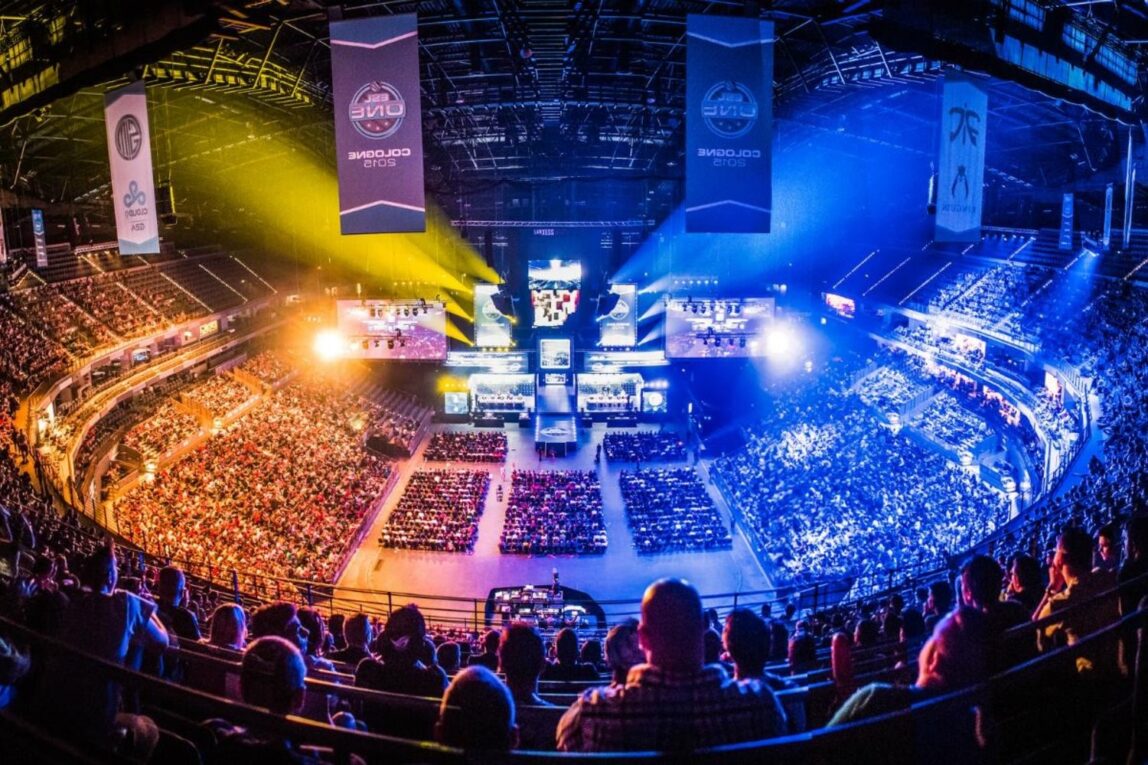Over the last decade, eSports has grown from a niche hobby to a global phenomenon followed by hundreds of millions of fans worldwide. With billions being poured into lucrative competitive gaming leagues and tournaments, eSports have truly arrived on the mainstream stage.
The Rise of eSports
Competitive gaming has existed in some form since the early days of video games in the 1970s and 1980s. However, it was not until the mid-2000s that eSports truly began emerging as a mainstream spectator activity. Several key developments helped propel eSports into the global phenomenon that it is today:
– Advancements in Broadband Internet and Online Gaming: As high-speed internet access became more widespread in the late 1990s and 2000s, multiplayer online battle arena (MOBA) games like Defense of the Ancients (DotA) and first-person shooter (FPS) games like Counter-Strike allowed for competitive online play between players across different regions and countries.
– Live Streaming Platforms: The arrival of live streaming platforms like Twitch and YouTube Gaming in the late 2000s gave a global audience the ability to watch competitive gaming matches being played out in real-time. Streamers amassed huge followings, further fueling interest in eSports.
– Sponsorships and Professional Leagues: Major gaming publishers like Riot Games, Valve, and Activision Blizzard began organizing large international leagues and tournaments with lucrative prize pools reaching millions. This allowed the top competitive gamers to make lucrative careers as professional eSports athletes. Major sponsors from other industries also began investing heavily in teams and events.
– Acceptance by Traditional Sports: As the viewership numbers for eSports events surpassed those of traditional sports leagues and TV programs, mainstream sports organizations began partnering with and investing in eSports. Icons like ESPN even began broadcasting major eSports tournaments, helping drive acceptance among older demographics.
– New Revenue Streams: eSports pioneered innovative new business models for future sports industries, including in-game item microtransactions, predictive gaming markets, cryptocurrencies, and NFT collectibles – opening vast new revenue opportunities beyond just media rights and sponsorships.
By the late 2010s, eSports had fully cemented itself as a global spectator activity and professional sport in its own right, watched by over 400 million fans worldwide according to some estimates. Its popularity today knows no borders.
Leading eSports Games and Leagues
While many different games have featured competitive eSports scenes over the years, a few titles have emerged as dominating forces driving the bulk of the industry’s revenue and viewership. Here are some of the most popular eSports games and leagues today:
– League of Legends (LoL): Published by Riot Games, LoL is considered the largest eSport in the world based on active player base and viewership. Its international League Championship Series (LCS) and World Championship are watched by tens of millions of fans annually.
– Dota 2: Valve’s sequel to Defense of the Ancients, Dota 2 hosts The International – eSports single largest tournament with prize pools exceeding $40 million. It is especially huge in China and Southeast Asia.
– Counter-Strike: Global Offensive (CS:GO): Valve’s popular FPS remains one of the most-watched games on streaming platforms. Its various international circuits hosted by ESL and BLAST feature top teams competing for local and global titles.
– Overwatch: Despite being a relatively newer title, Blizzard’s team-based FPS draws record viewership for its Overwatch League, which features geolocated city-based teams playing in regular season matches.
– Call of Duty: Activision’s annual FPS installments rotate as the lead games for their growing Call of Duty League franchised system, becoming a major force in North American eSports.
Besides these, other games with thriving competitive scenes include Fortnite, Rocket League, Rainbow Six Siege, PUBG, Valorant and more – keeping eSports a diverse space with opportunity for many different publisher-backed leagues and circuits.
The Future is Bright for eSports
With each passing year, eSports continues expanding its reach. More traditional sports organizations are entering the industry either by acquiring existing teams and leagues or launching their own eSports divisions. Global media companies are investing heavily and broadcasting deals with channels and platforms are becoming more lucrative. New technologies are also enhancing the viewing and fan experience. Here are some projections on eSports’ projected future growth:
– Fanbase: Estimates suggest the global eSports fanbase will reach over 645 million people by 2023, with peak viewership for events exceeding 730 million according to Analysys Mason.
– Revenue: Total eSports revenues including media rights, tickets & merchandise, sponsorships and advertising will grow to over $1.8 billion by 2024, more than doubling from 2021 figures as reported by Newzoo.
– Bridging Cultures: eSports’ mass appeal to the digital native Generation Z will see it increasingly bring different cultures together globally through competitive team games.
– Learning & Development: Competitive gaming promotes important skills in communication, problem-solving and working under pressure. It will increasingly be utilized for academic and professional development programs.
– Diversification: The industry will diversify into new verticals around fantasy gaming, gambling, broadcasting innovations, and tech applications in advertising, education and healthcare.
With the industry’s exponentially rising revenues, new technologies enhancing the viewing experience and fans becoming more mainstream, eSports has truly cemented its place as a global spectator activity.
*Note:
1. Source: Coherent Market Insights, Public sources, Desk research
2. We have leveraged AI tools to mine information and compile it

